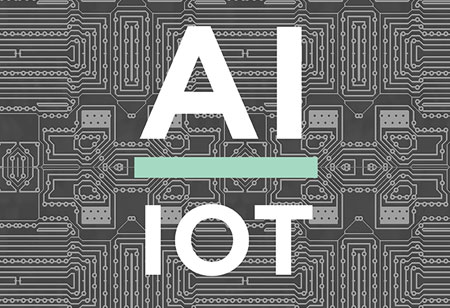THANK YOU FOR SUBSCRIBING
AI and ML: Modifying the Actual Time Needed To Perform Service Tasks
Artificial Intelligence and field service intersection is indeed not new. AI-driven applications' increasing sophistication and prevalence has brought new developments to the forefront.

By
Apac CIOOutlook | Wednesday, June 12, 2019
Stay ahead of the industry with exclusive feature stories on the top companies, expert insights and the latest news delivered straight to your inbox. Subscribe today.
FREMONT, CA: Artificial Intelligence and field service intersection is indeed not new. AI-driven applications' increasing sophistication and prevalence has brought new developments to the forefront. By using a blend of heuristics and predictive techniques to determine key variables predicting actual demand, AI and machine learning can have a major impact on field tech services. This allows Field Services organizations to plan resources effectively, mitigate overtime costs and minimize the need to recruit last-minute contractors to meet the needs of customer service.
Check This : Utilities Business Review
Smarter scheduling and route scalability to reduce travel time is the most common use cases for AI in field service. But the true benefit is mapping optimization to business goals—from compliance with SLA to revenue growth—and allowing the AI find the right path to every desired result. It's not science fiction and it's not a future vision. It is practical AI-based solutions to solve real problems with the management of the workforce. The remote triage tool analyzes structured and unstructured data such as the ServiceMax cloud platform's hard-earned experience of hands-on technicians. The subsequent recommendations are provided as step-by-step procedures to identify failures and come up with a first-time solution.
One way in which ML has a positive impact on Field Services is to provide accurate estimates of task time and resource managing. ML accurately dictates the actual time needed to perform the task by identifying the steps required to perform the task. This tends to help with future service request scheduling, offering better customer response time, and improving service planning. As more data is caught over time, organizations can enhance their scheduling systems continuously, further modifying the actual time needed to perform service tasks.
The use of AI/ML makes preventive maintenance predictive—taking into account the actual condition of the equipment when deciding schedules for repair. Organizations that have introduced AI/ML use sensors to monitor, capture, and analyze equipment performance to identify any abnormalities. When output falls below particular thresholds, work orders are generated automatically and sent for reliability to Field Service technicians.
Check Out: Top Utilities Technology Solution Companies In APAC





